Home>Garden Essentials>Garden Storage>How Do I Build A Wardrobe
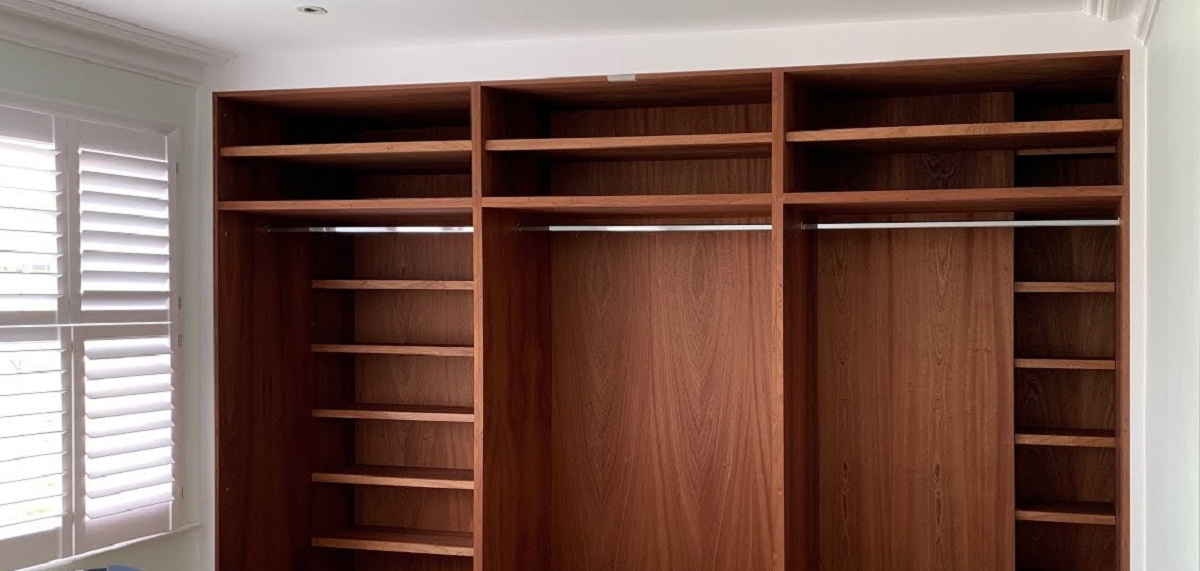

Garden Storage
How Do I Build A Wardrobe
Modified: February 24, 2024
Looking to build a stylish and organized wardrobe? Find out helpful tips on maximizing storage space for your clothes and accessories.
(Many of the links in this article redirect to a specific reviewed product. Your purchase of these products through affiliate links helps to generate commission for Storables.com, at no extra cost. Learn more)
Introduction
Welcome to the world of fashion! Building a wardrobe that reflects your personal style and meets your everyday needs is an exciting and fulfilling endeavor. Whether you’re starting from scratch or looking to revamp your existing closet, this comprehensive guide will provide you with all the tips and insights you need to build a wardrobe that is both functional and fashionable.
Building a wardrobe is not just about following the latest trends or hoarding a collection of clothes. It’s about understanding your personal style, identifying your wardrobe essentials, and curating a collection of pieces that can be mixed and matched effortlessly. A well-curated wardrobe ensures that you always have something to wear for any occasion, allowing you to confidently express your unique personality through your fashion choices.
In this guide, we’ll walk you through the step-by-step process of building a wardrobe that suits your lifestyle and preferences. We’ll delve into the importance of assessing your personal style, identifying your wardrobe essentials, and building a foundation with basic pieces. We’ll also discuss how to incorporate trendy and statement pieces into your wardrobe to add a touch of excitement and versatility.
Choosing the right fabrics and materials is crucial when it comes to comfort, durability, and style. We’ll cover different fabric options and their characteristics to help you make informed decisions when purchasing new clothes. Additionally, understanding color coordination will enable you to create visually appealing outfits that make a lasting impression.
As your wardrobe grows, it’s important to keep things organized and optimize your space. We’ll share practical tips on how to efficiently organize your clothes, shoes, and accessories to make getting ready a breeze. We’ll also guide you on how to shop smart and budget-friendly, ensuring that you make wise investments in your wardrobe without breaking the bank.
Maintaining and updating your wardrobe is an ongoing process. We’ll discuss how to care for your clothes to prolong their longevity and address the need for periodic closet edits to keep your wardrobe relevant and clutter-free.
By the end of this guide, you’ll be equipped with the knowledge and skills to build a wardrobe that reflects your personal style, caters to your everyday needs, and allows you to feel confident and stylish in every situation. So let’s dive in and embark on this fashionable journey together!
Key Takeaways:
- Assess your personal style by looking at your current wardrobe, seeking inspiration, and experimenting with new styles. Embrace your individuality and choose clothes that make you feel confident and authentic.
- Build a versatile wardrobe by starting with wardrobe essentials, adding basic pieces, and incorporating trendy items. Choose quality fabrics, understand color coordination, and organize your space for a functional and stylish collection.
Read more: How To Build A Wardrobe
Assessing your personal style
Before you start building your wardrobe, it’s essential to understand your personal style. Your personal style is an expression of your individuality and influences the type of clothes you feel most comfortable and confident in.
One way to assess your personal style is by looking at your current wardrobe. Take a close look at the clothes you love to wear and identify any recurring patterns or themes. Do you gravitate towards casual and comfortable outfits, or do you lean more towards sophisticated and polished ensembles? Are there specific colors, patterns, or silhouettes that you consistently choose?
Another approach is to seek inspiration from various sources. Browse fashion magazines, scroll through social media platforms, and explore fashion blogs to gather ideas and inspiration. Pay attention to the outfits that catch your eye and resonate with your aesthetic. It can be helpful to create a mood board or save images of styles you love for future reference.
Consider your lifestyle and the occasions you typically dress for. Are you a working professional in need of office-appropriate attire, or do you lead a more casual lifestyle that requires comfortable and versatile clothing? Understanding your lifestyle will help you determine the types of clothes that are most practical and suitable for your daily activities.
Don’t be afraid to experiment and step out of your comfort zone. Trying new styles, trends, and silhouettes can help you discover untapped aspects of your personal style. Take the opportunity to visit different stores and try on a variety of outfits to see what works best for you.
Lastly, it’s important to stay true to yourself and wear what makes you feel like the best version of yourself. Fashion is a form of self-expression, and your personal style should be a reflection of your unique personality. Trust your instincts and choose clothes that make you feel confident, comfortable, and authentic.
By taking the time to assess your personal style, you’ll have a solid foundation to build your wardrobe upon. Understanding your style preferences will make shopping easier and ensure that the clothes you choose align with your fashion identity. So embrace your individuality and let your personal style shine through!
Identifying your wardrobe essentials
When building a wardrobe, it’s essential to start with the basics, also known as wardrobe essentials. These are versatile and timeless pieces that form the foundation of your wardrobe. They can be mixed and matched with other items to create various outfits for different occasions.
Here are some key wardrobe essentials to consider:
- Classic white shirt: A crisp white shirt is a staple in any wardrobe. It can be dressed up with a blazer for a professional look or dressed down with jeans for a more casual ensemble.
- Black blazer: A well-tailored black blazer instantly adds sophistication to any outfit. It can be paired with dresses, skirts, or trousers for a polished and put-together look.
- Little black dress: The little black dress (LBD) is a timeless piece that can be dressed up or down for various occasions. Choose a style that flatters your body shape and can transition seamlessly from day to night.
- Dark-wash jeans: A pair of well-fitted dark-wash jeans is a versatile essential that can be worn casually or dressed up. Opt for a style that suits your body type and can be easily paired with different tops.
- White t-shirt: A simple white t-shirt is a must-have for creating effortless and casual looks. It can be paired with jeans, skirts, or layered under jackets and cardigans.
- Neutral-colored trousers: Invest in a pair of neutral-colored trousers, such as black, navy, or gray, that can be worn for both professional and casual occasions. Choose a style that fits well and complements your body shape.
- Versatile skirt: Whether it’s a pencil skirt or an A-line skirt, having a versatile option in your wardrobe can elevate your outfits. Choose a neutral color or a subtle pattern that can be paired with different tops and shoes.
- Comfortable flats: A pair of comfortable flats is essential for everyday wear. Opt for a style that offers both comfort and style and can be worn with various outfits.
- Classic handbag: Investing in a high-quality, classic handbag in a neutral color can elevate any outfit. Look for a size and style that suits your needs and can be worn for both casual and formal occasions.
- Versatile outerwear: Depending on your climate, consider having a versatile outerwear piece such as a trench coat, denim jacket, or a tailored blazer. These can add style and functionality to your outfits.
Identifying your wardrobe essentials will help you prioritize your shopping and ensure that you have a strong foundation to build upon. Once you have these key pieces, you can add trendy and statement pieces to further enhance your wardrobe’s versatility and reflect your personal style. Remember, building a wardrobe is a journey, so take your time to curate a collection that truly represents you!
Building a foundation with basic pieces
Now that you’ve identified your wardrobe essentials, it’s time to build a solid foundation by adding basic pieces to your collection. Basic pieces are versatile and timeless, serving as the building blocks for creating a wide range of outfits.
Here are some key basic pieces to consider:
- Plain colored tops: Invest in a few plain colored tops in neutral shades like black, white, gray, or navy. These can be easily paired with jeans, trousers, skirts, or layered under jackets and cardigans.
- Casual and dressy bottoms: Have a variety of bottoms to choose from, including jeans, trousers, skirts, and shorts. Aim for a mix of casual styles for everyday wear and dressier options for more formal or special occasions.
- Layering pieces: Include items like cardigans, sweaters, and lightweight jackets for layering during different seasons. These pieces not only add warmth but also allow you to create more diverse outfits by mixing and matching.
- Classic accessories: Accessories can elevate any outfit. Invest in a few classic accessories like a statement necklace, a versatile belt, a silk scarf, and a quality watch. These can be mixed and matched with various outfits to add a touch of elegance and style.
- Versatile shoes: Build a collection of versatile shoes that can complement different outfits and occasions. This can include flats, heels, sneakers, and boots in neutral colors like black, brown, or nude.
When selecting basic pieces, pay attention to fit, quality, and material. Ensure that the items you choose fit well and flatter your body shape. Opt for high-quality materials that are durable and will withstand frequent wear and washing. Investing in well-made basic pieces will save you money in the long run as they will last longer and retain their shape and quality.
Remember, the goal with building a foundation of basic pieces is to have a range of options that can be mixed and matched effortlessly. By starting with these versatile and timeless items, you’ll have a solid base upon which you can add more unique and fashion-forward pieces to reflect your personal style.
Building a foundation with basic pieces sets the stage for creating a wardrobe that is not only functional but also adaptable and stylish. So start curating your collection with these essentials, and get ready to create endless outfit possibilities!
Incorporating trendy and statement pieces
While building a wardrobe foundation with basic pieces is essential, incorporating trendy and statement pieces can add excitement and personality to your outfits. Trendy pieces allow you to stay up-to-date with the latest fashion trends, while statement pieces make a bold and unique statement, showcasing your individual style.
Here are some tips for incorporating trendy and statement pieces into your wardrobe:
- Stay informed: Keep yourself updated on the latest fashion trends by following fashion magazines, influencers, and runway shows. This will give you a good idea of what’s currently popular and can inspire you in choosing trendy pieces that resonate with your personal style.
- Select wisely: Choose trendy pieces that align with your personal style and have the potential to be incorporated into multiple outfits. Look for items that can be mixed and matched with your existing wardrobe, rather than investing in pieces that will only work for a single season or occasion.
- Experiment with accessories: Accessories are a great way to incorporate trends without committing to a full wardrobe update. Adding a trendy handbag, statement earrings, or a bold scarf can instantly transform an outfit and give it a fashionable edge.
- Mix and match: Combine trendy pieces with your basic items to create balanced and stylish looks. Pair a trendy top with classic jeans or wear a statement skirt with a plain colored top. Finding the right balance between trendy and timeless pieces will ensure your outfits have a modern yet timeless appeal.
- Invest in quality: While trends come and go, investing in well-made and high-quality trendy pieces will ensure their longevity and durability. Opt for quality materials and construction to ensure that the items will last beyond a single season.
- Showcase your personality: Use statement pieces to show off your individuality and unique style. Whether it’s a vibrant dress, a bold pattern, or an eye-catching accessory, let your personality shine through in your fashion choices.
Remember, incorporating trendy and statement pieces into your wardrobe should be fun and expressive. Don’t be afraid to step out of your comfort zone and try new styles. Fashion is about self-expression, so embrace the opportunity to showcase your personal flair and create eye-catching looks!
By strategically adding trendy and statement pieces to your wardrobe, you’ll keep your style fresh and exciting while still maintaining the versatility and timelessness of your foundational pieces. So go ahead and experiment with trends, express your unique style, and let your wardrobe spark conversations and turn heads!
Read more: How To Build A Wardrobe Closet
Choosing fabrics and materials
When building a wardrobe, it’s important to consider the fabrics and materials of the garments you choose. The right choice of fabrics can greatly impact the comfort, durability, and overall aesthetic of your clothing. Here are some factors to consider when selecting fabrics and materials for your wardrobe:
- Natural fibers: Natural fibers like cotton, linen, silk, and wool are not only breathable and comfortable but also environmentally friendly. Cotton is known for its softness and versatility, while linen is perfect for lightweight and breathable clothing. Silk adds a touch of luxury and elegance, while wool provides warmth and insulation.
- Synthetic fibers: Synthetic fibers like polyester, nylon, and acrylic are man-made materials that offer durability and wrinkle resistance. They often provide stretch and are commonly used in activewear and outerwear. While synthetic fibers may not be as breathable as natural fibers, they can be a practical choice for specific purposes or budget-friendly options.
- Blended fabrics: Blended fabrics combine natural and synthetic fibers to create materials with improved qualities. For example, a cotton-polyester blend can offer the softness of cotton with the added durability and wrinkle resistance of polyester. Blends can provide the best of both worlds and are often used to enhance performance and comfort.
- Quality of materials: When selecting fabrics, pay attention to the quality of the materials. Choose fabrics that are well-made, have a good weight to them, and feel comfortable against your skin. Quality fabrics tend to last longer and maintain their shape and color, making them a worthwhile investment.
- Care instructions: Consider the care instructions for each fabric. Some fabrics require special care, such as dry cleaning or delicate washing, while others are more low-maintenance. Make sure you’re willing to follow the care instructions to keep your garments in their best condition.
- Consider the purpose: The purpose of the garment should also influence your fabric choice. For instance, activewear requires moisture-wicking and breathable materials, while formalwear may benefit from fabrics with drape and structure.
Remember, the choice of fabrics and materials depends on your personal preferences, the climate you live in, and the intended use of the garment. It’s important to strike a balance between comfort, durability, and style when selecting fabrics. Experiment with different materials and identify what you feel most comfortable and confident in.
By choosing the right fabrics and materials, you’ll enhance the quality and longevity of your clothing, ensuring that your wardrobe not only looks great but also feels great to wear. So take your time to explore different fabrics, understand their qualities, and select those that suit your style and needs.
Invest in timeless, versatile pieces like a classic white shirt, a well-fitted blazer, and a pair of tailored trousers. These items can be easily mixed and matched to create a variety of stylish looks.
Understanding color coordination
Color coordination plays a crucial role in creating visually appealing and cohesive outfits. Understanding how colors work together can elevate your style and make a lasting impression. Here are some key principles to consider when it comes to color coordination:
- Color wheel: Familiarize yourself with the color wheel, a tool that organizes colors in a circular format. The color wheel consists of primary colors (red, blue, and yellow), secondary colors (created by mixing two primary colors), and tertiary colors (created by mixing a primary color with a neighboring secondary color).
- Complementary colors: Complementary colors are opposite each other on the color wheel. When paired together, they create a high contrast and visually striking combination. For example, red and green or blue and orange are complementary colors. Using complementary colors can make your outfit stand out.
- Analogous colors: Analogous colors are adjacent to each other on the color wheel. They create a harmonious and cohesive look when combined. For example, blue and green or yellow and orange are analogous colors. Using analogous colors can create a sense of unity in your outfit.
- Neutral colors: Neutral colors include black, white, gray, beige, and brown. These colors can be paired with almost any other color and serve as a base for your outfits. They provide a calming and balanced backdrop and allow other colors to take center stage.
- Monochromatic outfits: Monochromatic outfits consist of different shades and tones of a single color. This creates a sleek and sophisticated look. Experimenting with different shades of the same color can add depth and dimension to your outfit.
- Pop of color: Adding a pop of color to an otherwise neutral or monochromatic outfit can create visual interest and draw attention to a specific area. For example, a brightly colored accessory or a vibrant pair of shoes can add a playful and unexpected element to your look.
- Context and occasion: Consider the context and occasion when choosing color combinations. Bright and bold colors may be more suitable for casual and festive events, while muted and subtle tones may be better for formal or professional settings.
- Personal preference: Ultimately, the most important factor in color coordination is your personal preference and how you feel wearing certain colors. Experiment with different combinations and trust your instincts. Choose colors that make you feel confident and reflect your mood and personality.
Remember, color coordination is a creative process, and there are no strict rules. Don’t be afraid to experiment and have fun with colors. Some combinations may surprise you and become your signature style!
By understanding color coordination, you’ll bring a new level of visual interest and harmony to your outfits. So embrace the power of colors and let them enhance your style and make a statement!
Organizing and optimizing your wardrobe space
An organized and well-optimized wardrobe space not only makes it easier to find and access your clothes but also allows you to maximize the use of your available space. Here are some tips to help you organize and optimize your wardrobe:
- Purge and declutter: Start by decluttering your wardrobe and getting rid of items that no longer fit, are damaged, or you no longer wear. Donate or sell these items to make room for the pieces you truly love and wear.
- Divide and conquer: Use dividers and organizers to separate your clothes into different categories, such as tops, bottoms, dresses, and so on. This makes it easier to locate specific items and keeps your wardrobe visually neat.
- Utilize storage solutions: Invest in storage solutions that make the most of your available space. This can include hangers, shoe racks, drawer dividers, and under-bed storage containers. Maximize vertical space by using shelves or storage cubes.
- Arrange by frequency of use: Organize your clothes based on how often you wear them. Place frequently worn items within easy reach, while less frequently worn pieces can be stored in less accessible areas.
- Color coordinate: Arrange your clothes by color to create a visually pleasing and organized display. This not only makes it easier to find specific items but also helps you see the full range of colors available in your wardrobe.
- Rotate seasonal items: Consider storing off-season clothes in separate storage containers or garment bags to free up space in your main wardrobe. This keeps your current season’s clothes more easily accessible.
- Keep accessories tidy: Use small containers or hooks to organize accessories like belts, scarves, and jewelry. This prevents them from getting tangled and allows for quick and easy access.
- Label and categorize: Label storage containers and drawers to clearly identify what items are inside. Categorize items further within containers, such as separating socks or underwear by color or style.
- Maintain regularly: Regularly assess and tidy your wardrobe to ensure it stays organized. After doing laundry, take the time to fold or hang clothes properly and return them to their designated spaces.
- Review and refresh: Periodically review your wardrobe to assess what you wear and what you don’t. Consider donating or selling items you no longer need to maintain a clutter-free and effective wardrobe.
Optimizing your wardrobe space not only streamlines your daily routine but also helps you take better care of your clothes. With an organized wardrobe, you’ll be able to find your favorite pieces easily and feel inspired when putting together outfits.
Remember, there is no one-size-fits-all approach to organizing your wardrobe. Tailor the above tips to suit your preferences and available space. Experiment with different systems until you find one that works best for you. A well-organized wardrobe will simplify your life and make getting dressed a pleasure!
Shopping smart and budget-friendly
Building a wardrobe doesn’t have to break the bank. With some savvy shopping strategies, you can add quality pieces to your collection while staying within your budget. Here are some tips for shopping smart and budget-friendly:
- Create a budget: Set a budget for your wardrobe and stick to it. This will help you prioritize your spending and make conscious choices when shopping.
- Make a shopping list: Before hitting the stores or browsing online, make a list of the items you need in your wardrobe. This will help you stay focused and avoid impulse purchases.
- Shop during sales and promotions: Take advantage of sales, discounts, and promotions to get the best deals. Keep an eye out for seasonal sales, holiday promotions, and clearance events.
- Consider second-hand and thrift shopping: Explore second-hand stores, consignment shops, and online platforms for gently used clothing. You can find unique pieces at affordable prices while supporting sustainable fashion.
- Plan your shopping trips: Research stores or websites that offer affordable options and sales. Plan your shopping trips accordingly to make the most of your time and resources.
- Compare prices: Do some price comparisons before making a purchase. Check different retailers or online platforms to ensure you’re getting the best price for the item you want.
- Invest in quality basics: Focus on investing in quality basics that will last longer. While they may have a higher upfront cost, they will save you money in the long run as you won’t have to replace them frequently.
- Be selective with trends: Trends come and go, so be selective when purchasing trendy pieces. Consider their longevity and versatility before adding them to your wardrobe.
- Take advantage of loyalty programs and discounts: Sign up for loyalty programs or newsletters from your favorite retailers. You can receive exclusive discounts, early access to sales, and other benefits.
- Shop out of season: Consider shopping out of season when items are on clearance. Purchase winter clothing during summer sales and vice versa.
Remember, building a wardrobe is a gradual process. It’s better to invest in a few quality pieces that you truly love rather than buying a multitude of cheaply made items. Take the time to find pieces that fit well, flatter your body, and reflect your personal style.
By shopping smart and budget-friendly, you can curate a stylish and functional wardrobe without overspending. With a little planning and strategy, you can build a collection of clothes that make you look and feel great, while also being mindful of your financial resources.
Read more: How To Build Built In Wardrobe
Maintaining and updating your wardrobe
Maintaining and updating your wardrobe is a continuous process that ensures your clothes stay in good condition and your style stays fresh. Here are some tips to help you maintain and update your wardrobe:
- Care for your clothes: Follow the care instructions on the garment labels to properly clean and care for your clothes. This may include washing, ironing, steaming, or dry cleaning. Proper care ensures that your clothes last longer and maintain their appearance.
- Regularly assess your wardrobe: Take the time to periodically assess your wardrobe and evaluate what you wear and what you don’t. Consider donating or selling items that no longer fit, suit your style, or align with your current lifestyle.
- Refresh with accessories: Update your outfits by incorporating new accessories. Accessories like scarves, belts, jewelry, and handbags can effortlessly enhance your looks and give them a new twist.
- Experiment with styling: Get creative with styling your existing pieces in different ways. Mix and match them in new combinations to create fresh and exciting outfits. Play with layering, tucking, knotting, and accessorizing to maximize your wardrobe’s potential.
- Follow fashion trends selectively: Stay informed about current fashion trends, but don’t feel compelled to incorporate every trend into your wardrobe. Selectively choose trends that resonate with your personal style and complement your existing pieces.
- Invest in quality: When adding new items to your wardrobe, consider investing in quality pieces that will last. While they may have a higher upfront cost, they will save you money in the long run as they won’t need to be replaced as frequently.
- Shop with purpose: Avoid impulsive purchases and shop with intention. Make sure new additions to your wardrobe align with your personal style, fit well, and can be easily incorporated into your existing outfits.
- Get inspiration: Seek inspiration from fashion magazines, blogs, social media, and street style to keep your fashion ideas fresh. Take note of looks you love and adapt them to your own personal style.
- Have a clothing maintenance routine: Develop a routine for regularly cleaning, organizing, and maintaining your wardrobe. This includes folding or hanging clothes properly, resewing loose buttons, and repairing minor damages.
- Shop mindfully: Consider the environmental and ethical impact of your shopping choices. Look for sustainable and ethical fashion brands that align with your values. Choose quality over quantity and opt for pieces that will have a lasting impact on your wardrobe.
Remember, your wardrobe is an expression of your unique style and personality. Regularly maintain and update it to reflect your evolving tastes and needs. Embrace the joy of curating a wardrobe that makes you feel confident, comfortable, and true to yourself.
By implementing these tips, you’ll ensure that your clothes remain in good condition, your wardrobe stays versatile, and your style continues to evolve with grace and authenticity.
Conclusion
Building and maintaining a wardrobe that reflects your personal style and meets your everyday needs is a rewarding journey. By following the steps outlined in this guide, you can create a wardrobe that is both functional and fashionable.
Start by assessing your personal style and understanding what makes you feel confident and authentic. Identify your wardrobe essentials and build a foundation with basic pieces that can be mixed and matched effortlessly. Incorporate trendy and statement pieces to add excitement and showcase your individuality.
Consider the fabrics and materials of your clothes, choosing ones that bring comfort, durability, and style to the forefront. Take the time to understand color coordination and how to create visually appealing outfits that make a statement.
Organize and optimize your wardrobe to make getting dressed a breeze. Maximize your space and keep your clothes easily accessible and well-maintained. Shop smart and budget-friendly, making conscious choices to get the most value for your money.
Maintain and update your wardrobe regularly, caring for your clothes and refreshing your style with new accessories and creative styling. Stay true to yourself, while also being open to exploring new trends and ideas that inspire you.
Remember, building a wardrobe is an ongoing process. Embrace the joy of curating a collection that truly reflects your personality and evolves with your style. With time, patience, and a bit of creativity, your wardrobe will become a reflection of your unique self and a source of confidence and inspiration.
So start building your dream wardrobe today and let your personal style shine!
Frequently Asked Questions about How Do I Build A Wardrobe
Was this page helpful?
At Storables.com, we guarantee accurate and reliable information. Our content, validated by Expert Board Contributors, is crafted following stringent Editorial Policies. We're committed to providing you with well-researched, expert-backed insights for all your informational needs.
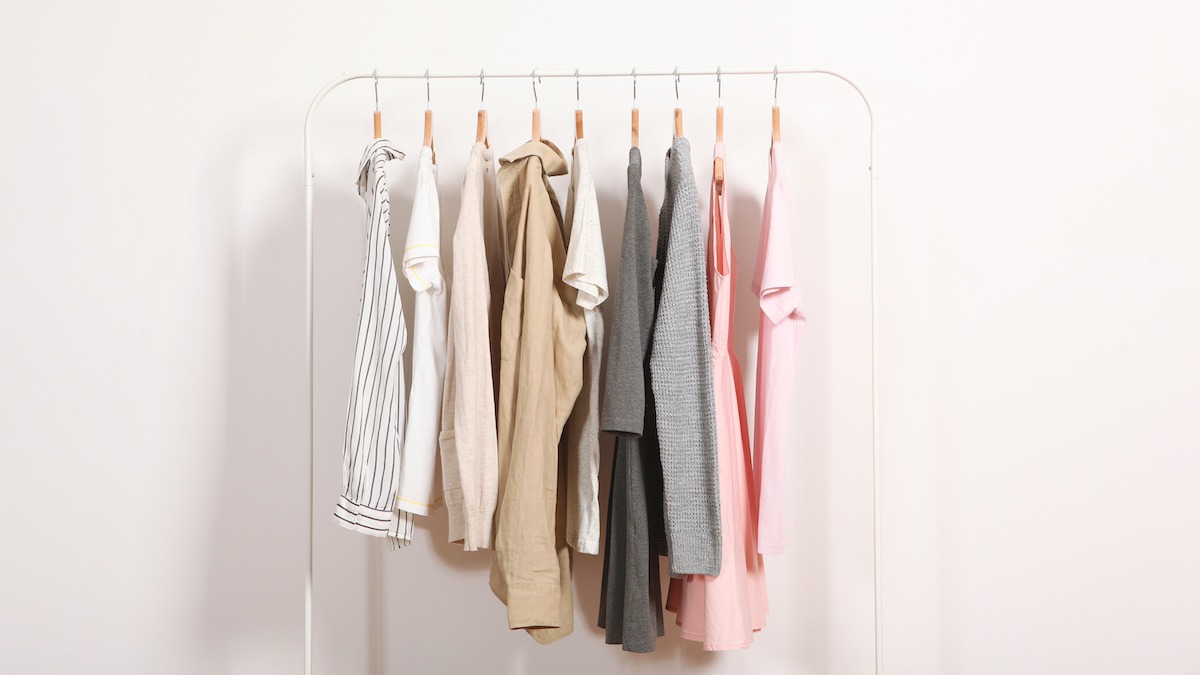
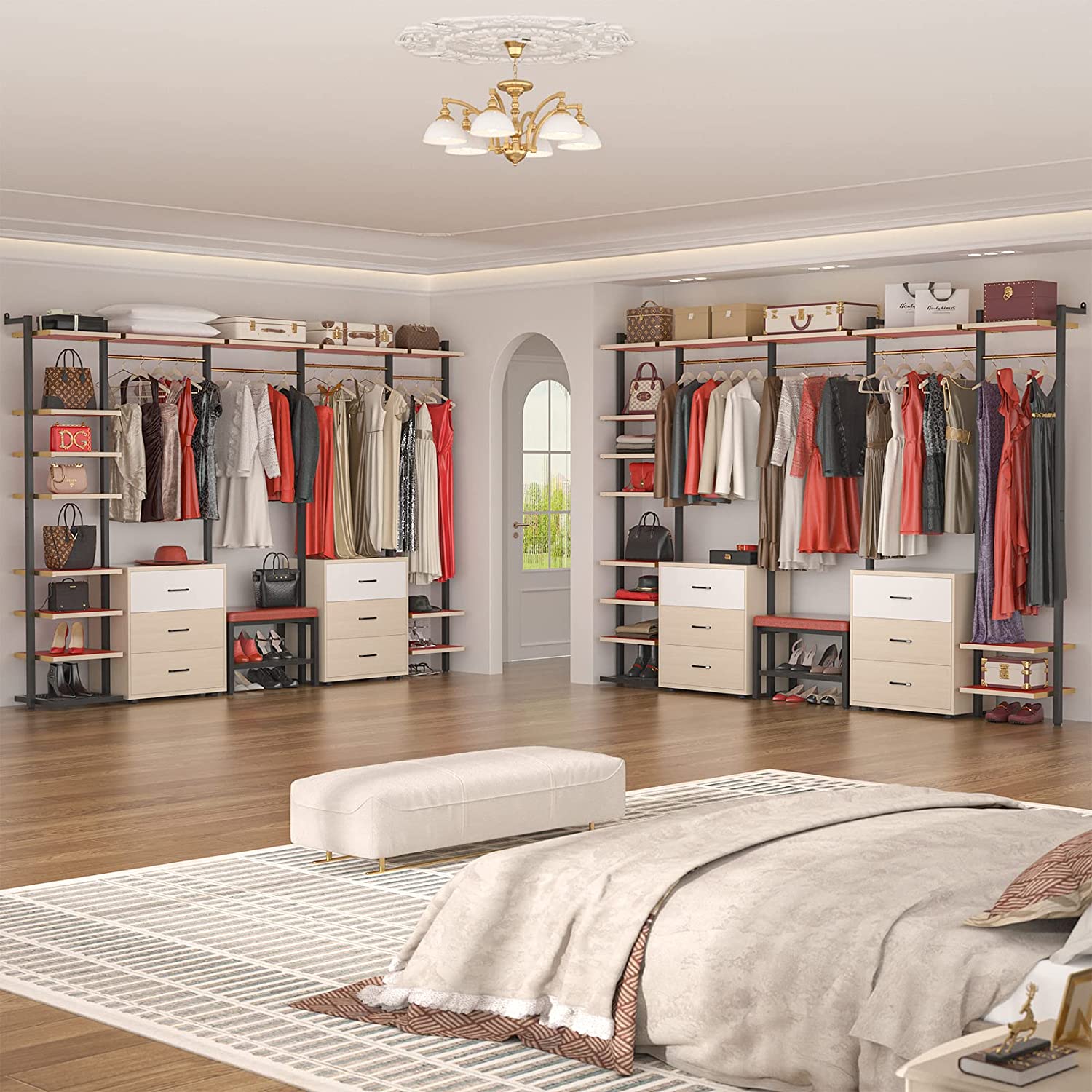
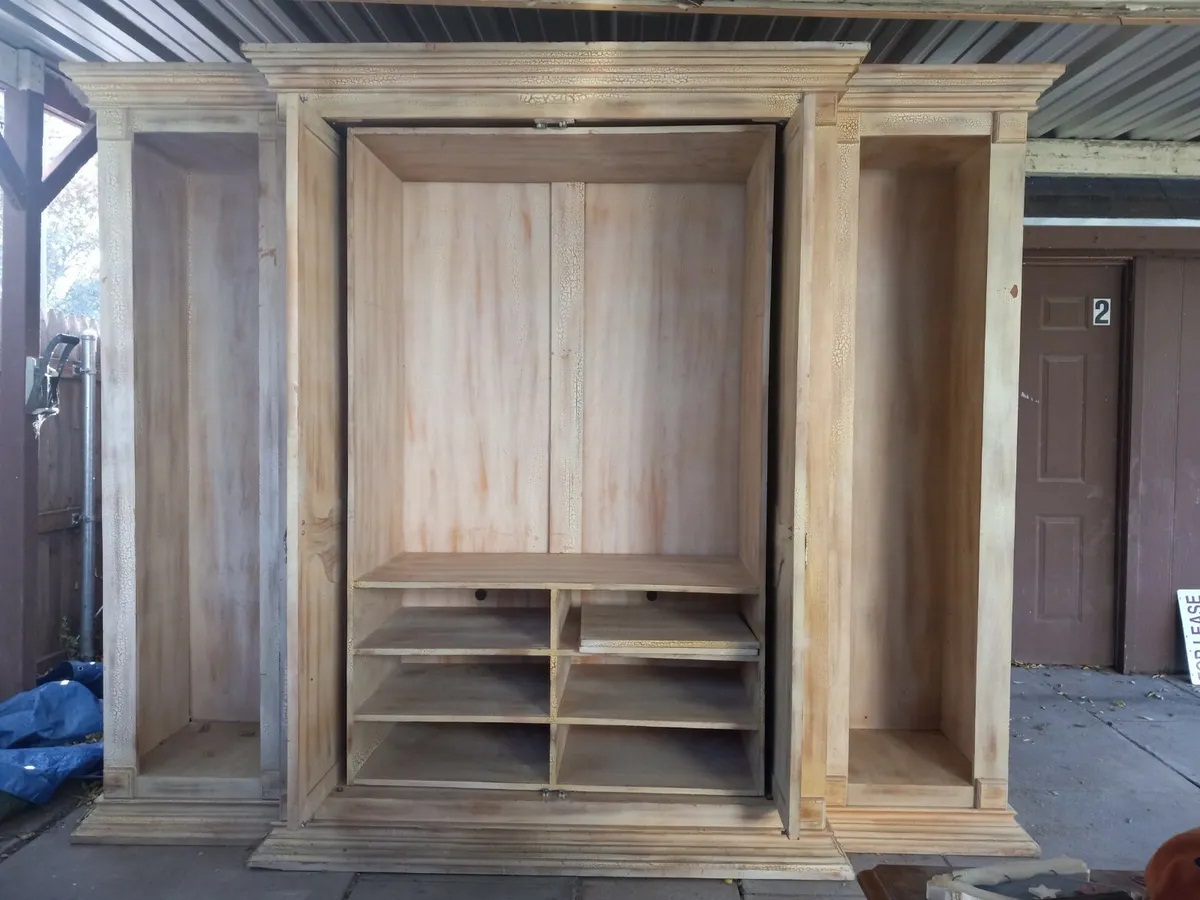
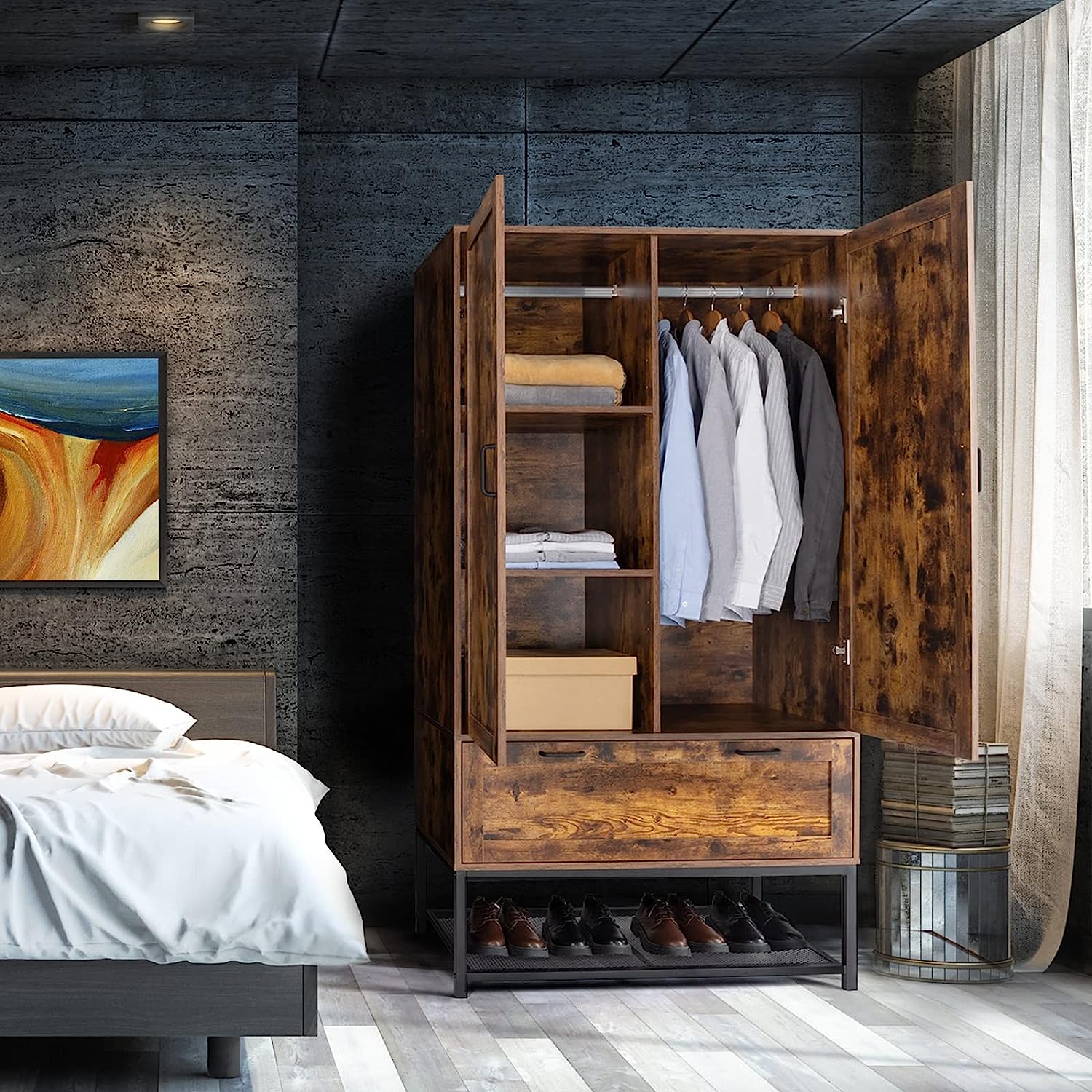
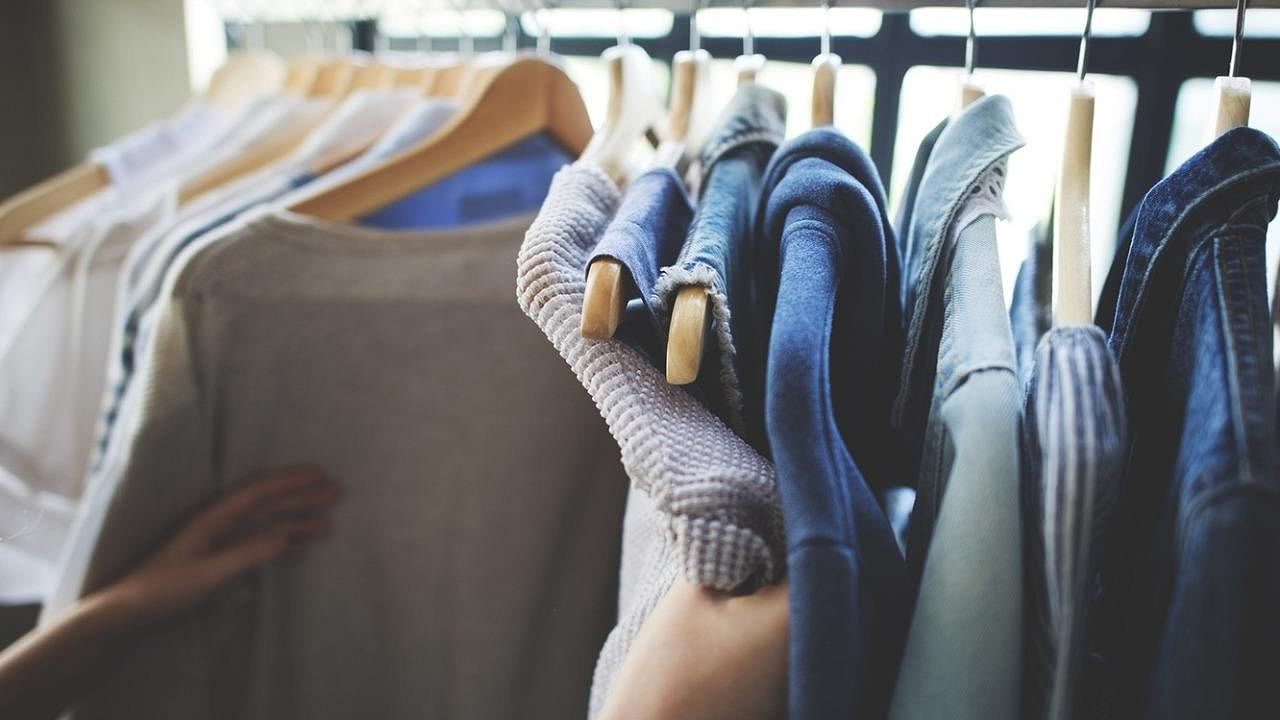
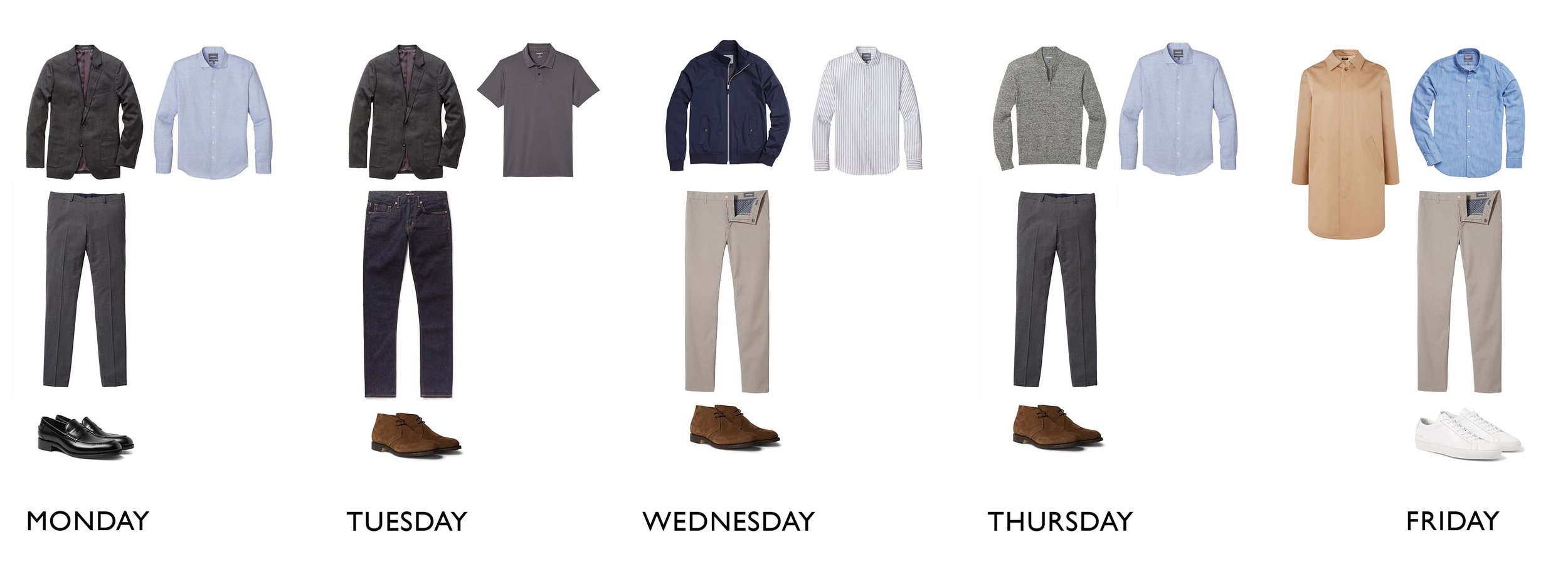
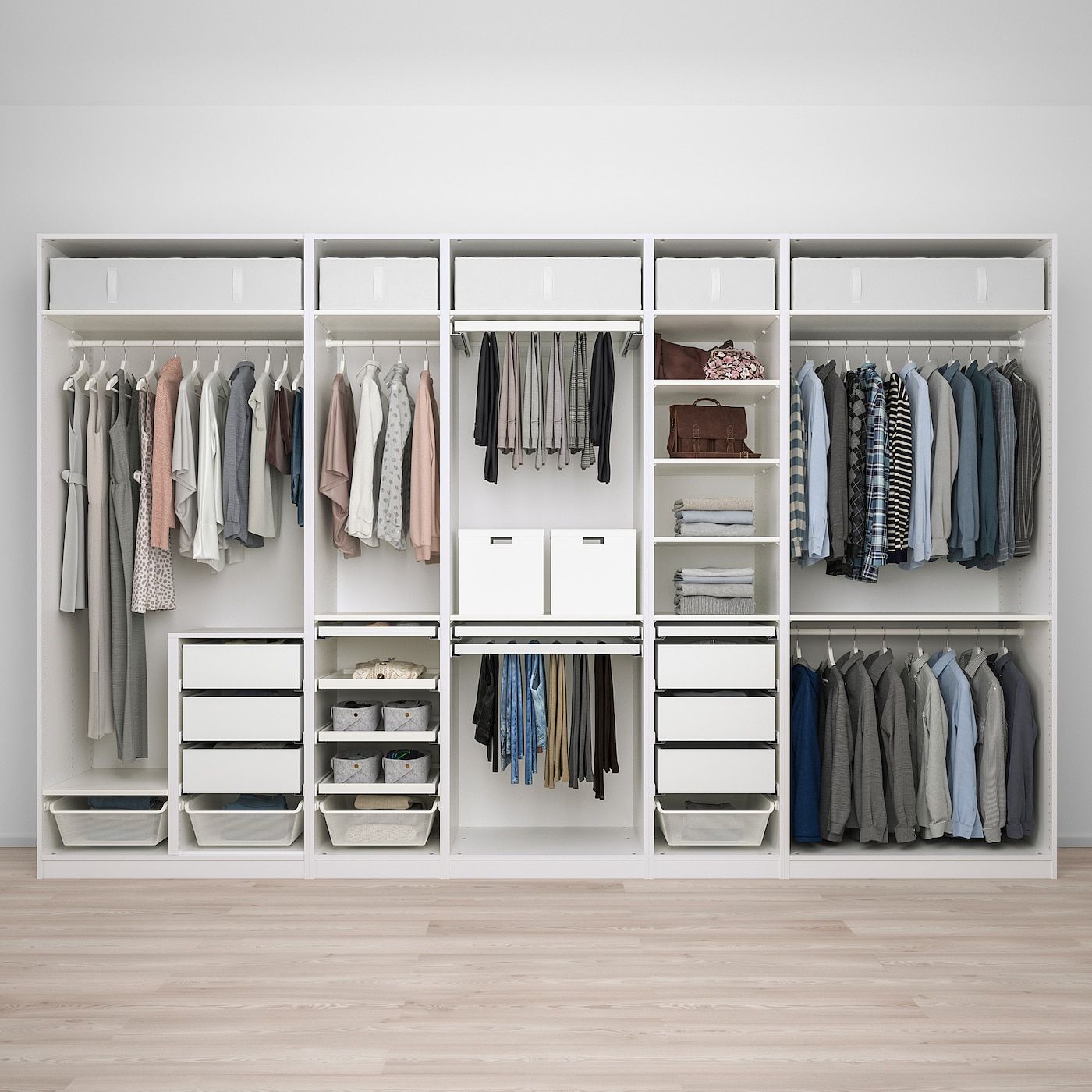
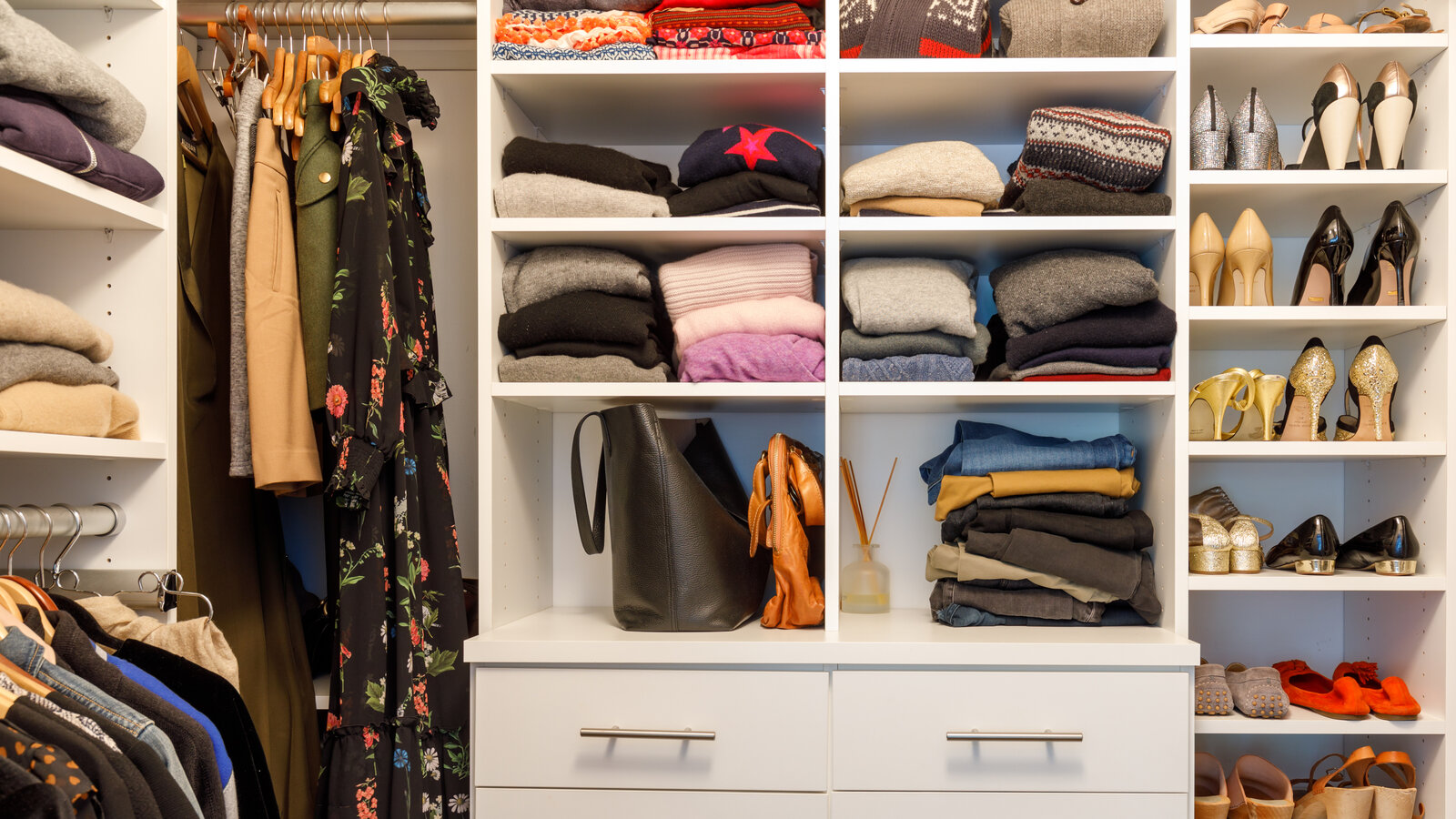
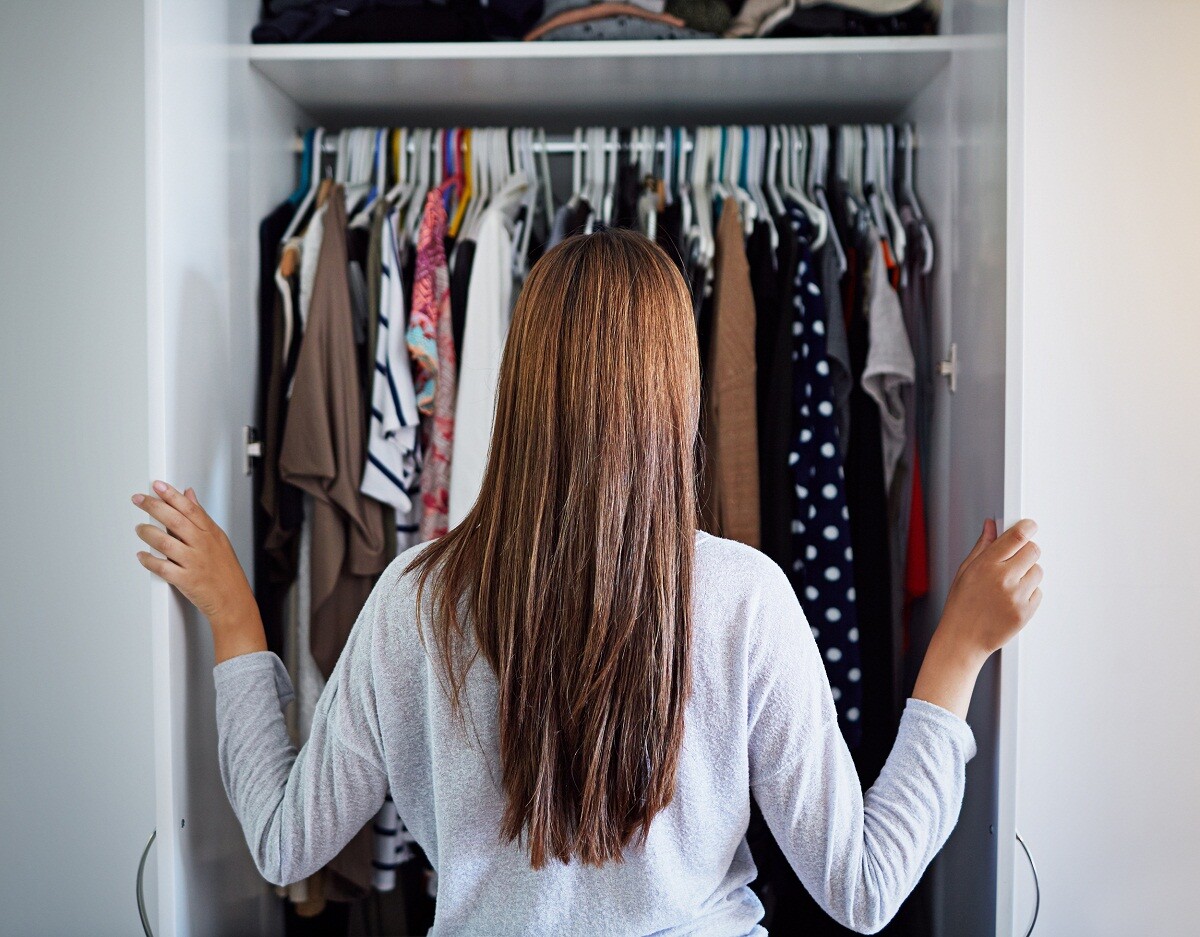
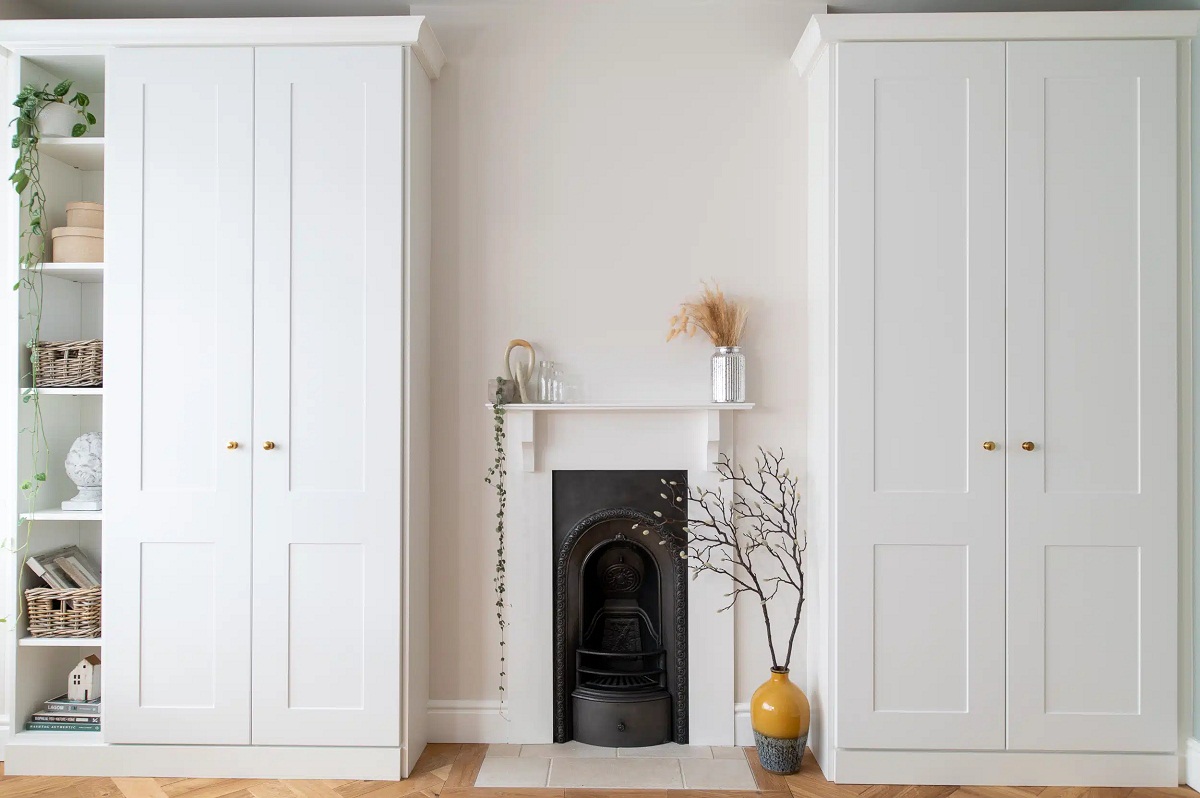
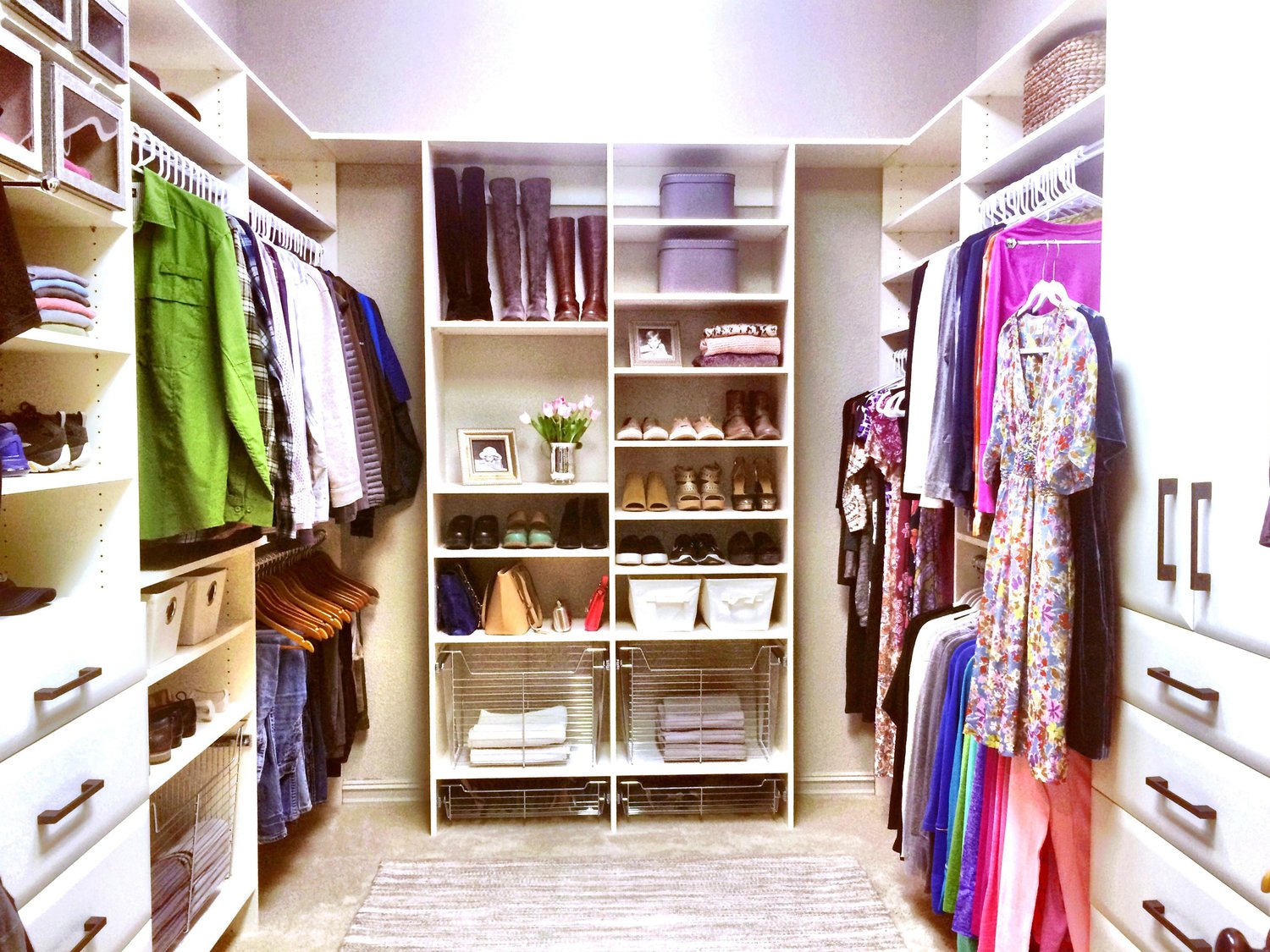
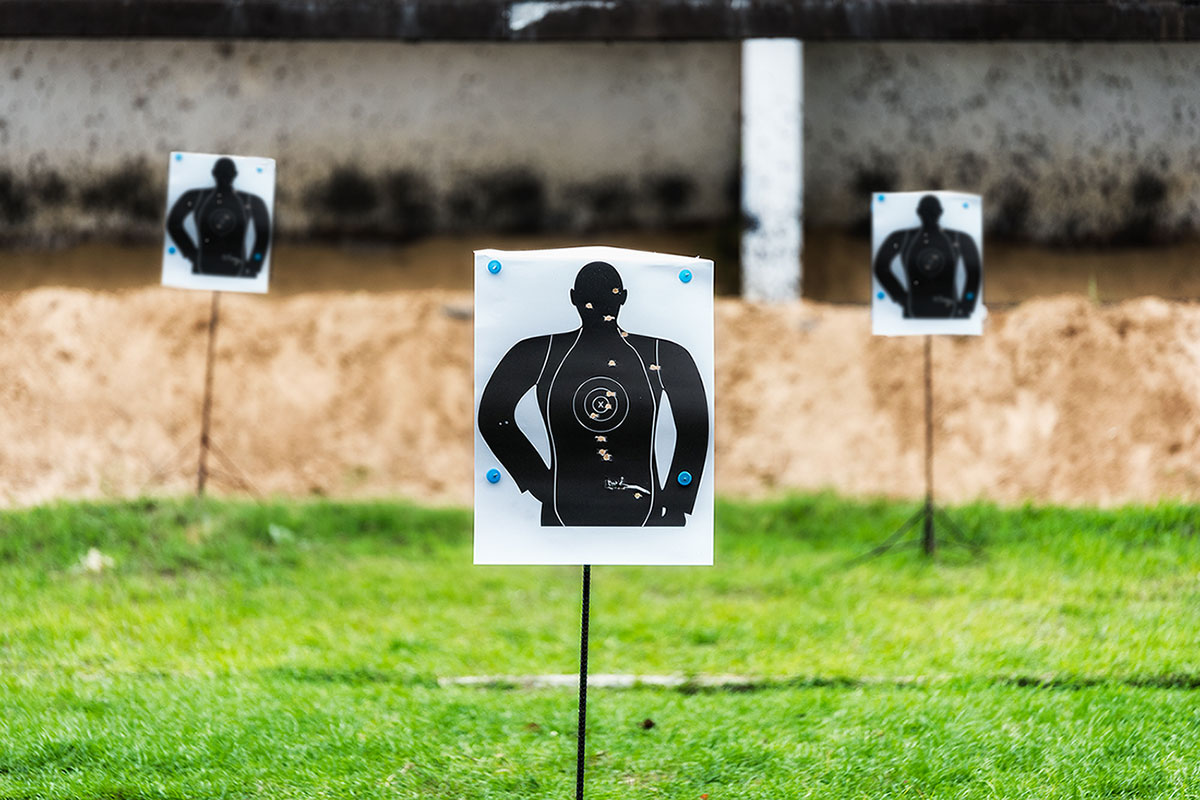


0 thoughts on “How Do I Build A Wardrobe”